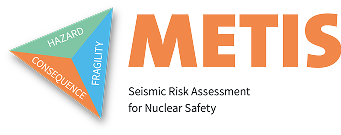

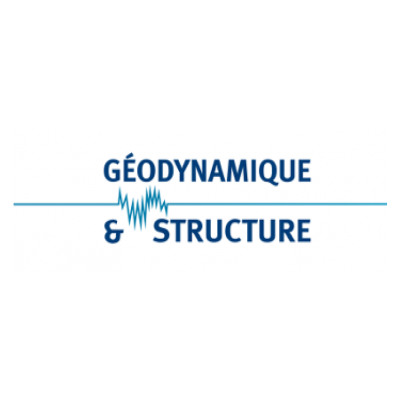
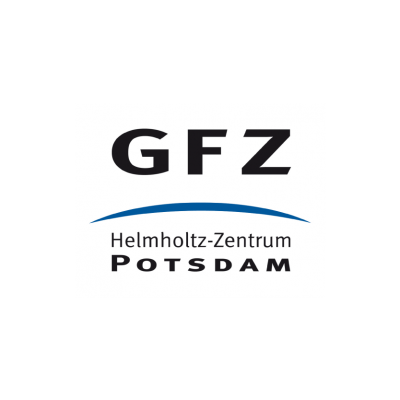
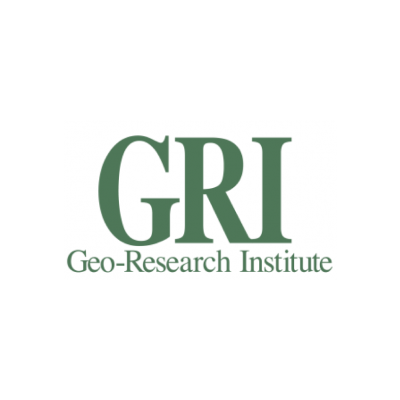
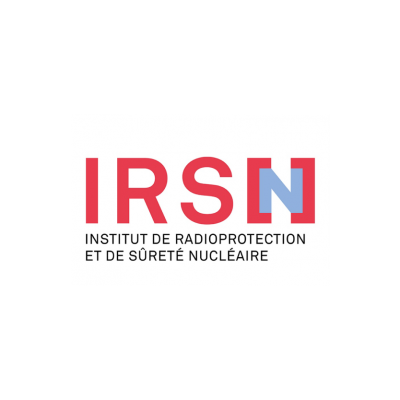
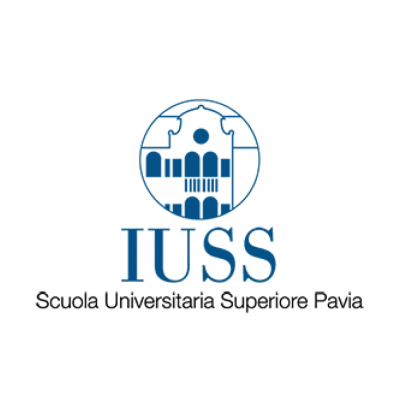
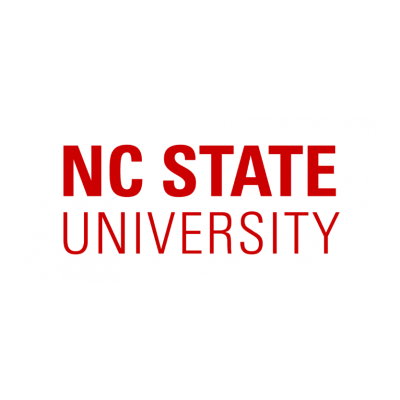

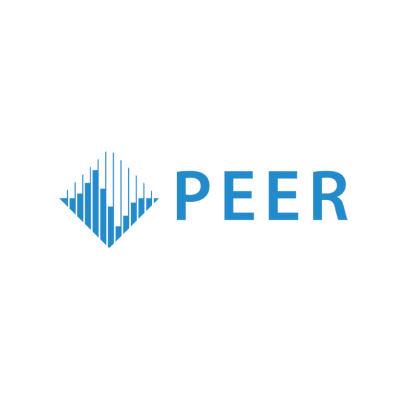
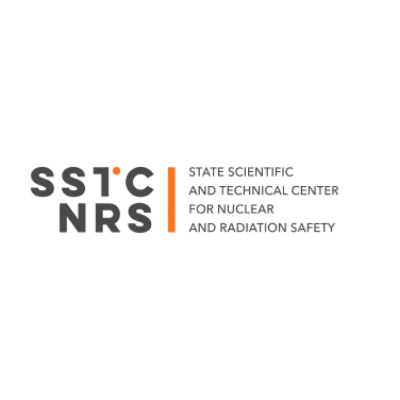
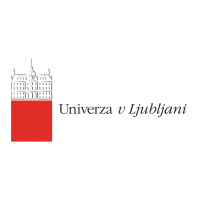

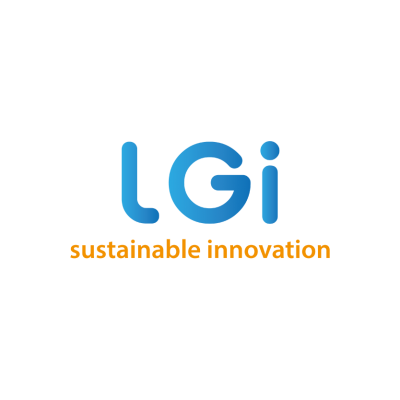




METIS is a Horizon 2020 project, a 48-month project funded under the Euratom research and training programme, whose mission is to develop and improve tools and methodologies employed in seismic safety assessments of nuclear reactors and translate this research into practice for industry use.
The project aimed to develop common guidelines to facilitate periodic safety reviews, promote good practices under the Nuclear Safety Directive, and enable risk-informed decision-making, and as a result, directly contribute to the safety and competitiveness of the European nuclear industry. Based on the most recent scientific advances in earthquake engineering and data science, the project developed open source tools to meet industrial needs.
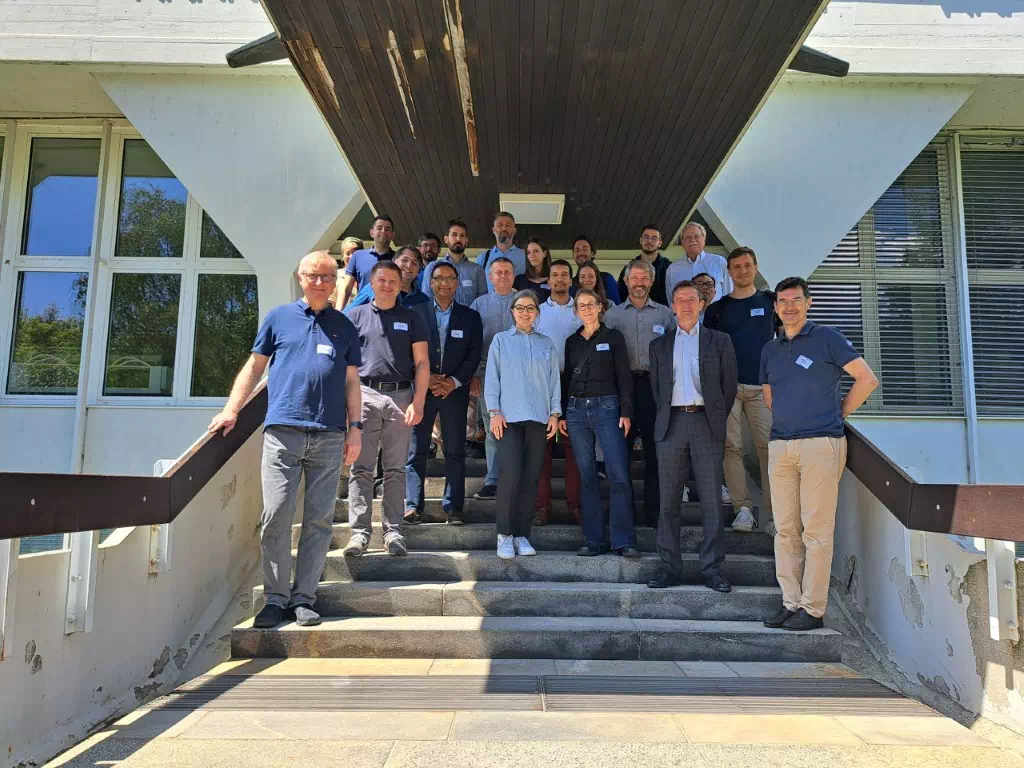
Coordinated by Dr. Irmela Zentner, expert research engineer at EDF, METIS focuses on the three facets of seismic risk assessment of nuclear reactors—hazard, fragility and consequence—to improve the Probabilistic Safety Assessment methodology and develop tools for the more accurate evaluation of nuclear power plant resilience under different seismic conditions. The project builds upon previous research to better assess seismic risk.
In response to the 2011 Fukushima accident, an immense research effort has been carried out over the last few years to improve the assessment of seismic hazard and its impact on nuclear structures and equipment. Nevertheless, further work is necessary to overcome the challenges faced in seismic risk assessments of nuclear power plants (NPP) and to maximise the impact of this research effort on nuclear engineering practice. Today in Europe, there is a lack of consensus on best practices for the seismic safety assessment of nuclear power plants, and clear guidelines regarding uncertainty assessments and the interpretation of their results are needed. The METIS project aims to respond to this need by consolidating previous findings and developing more sophisticated tools and methodologies to assess plant behaviour under extreme conditions.
Development of tools for seismic hazard, fragility and risk assessment for greater transparency, collaboration and quality in the nuclear industry.
Guidelines for seismic safety assessment in line with international consensus and directly translate results into engineering practice.
Good practices for conducting seismic safety assessments and help optimise the use of existing and future reactors at the EU level.
Read the analysis and reports produced by our experts during the project’s implemetation.